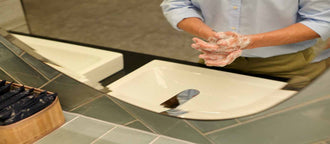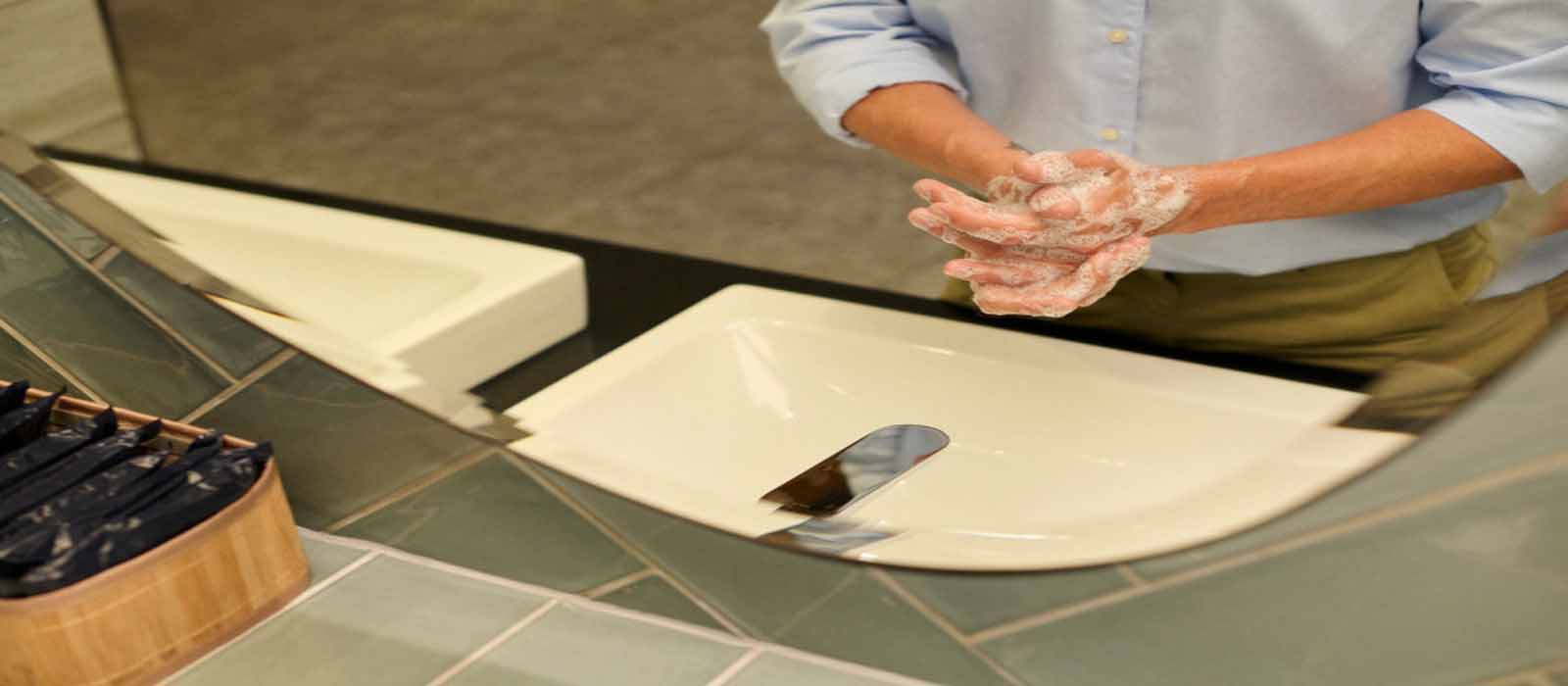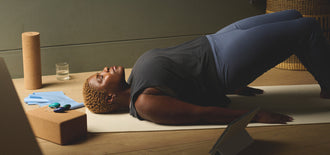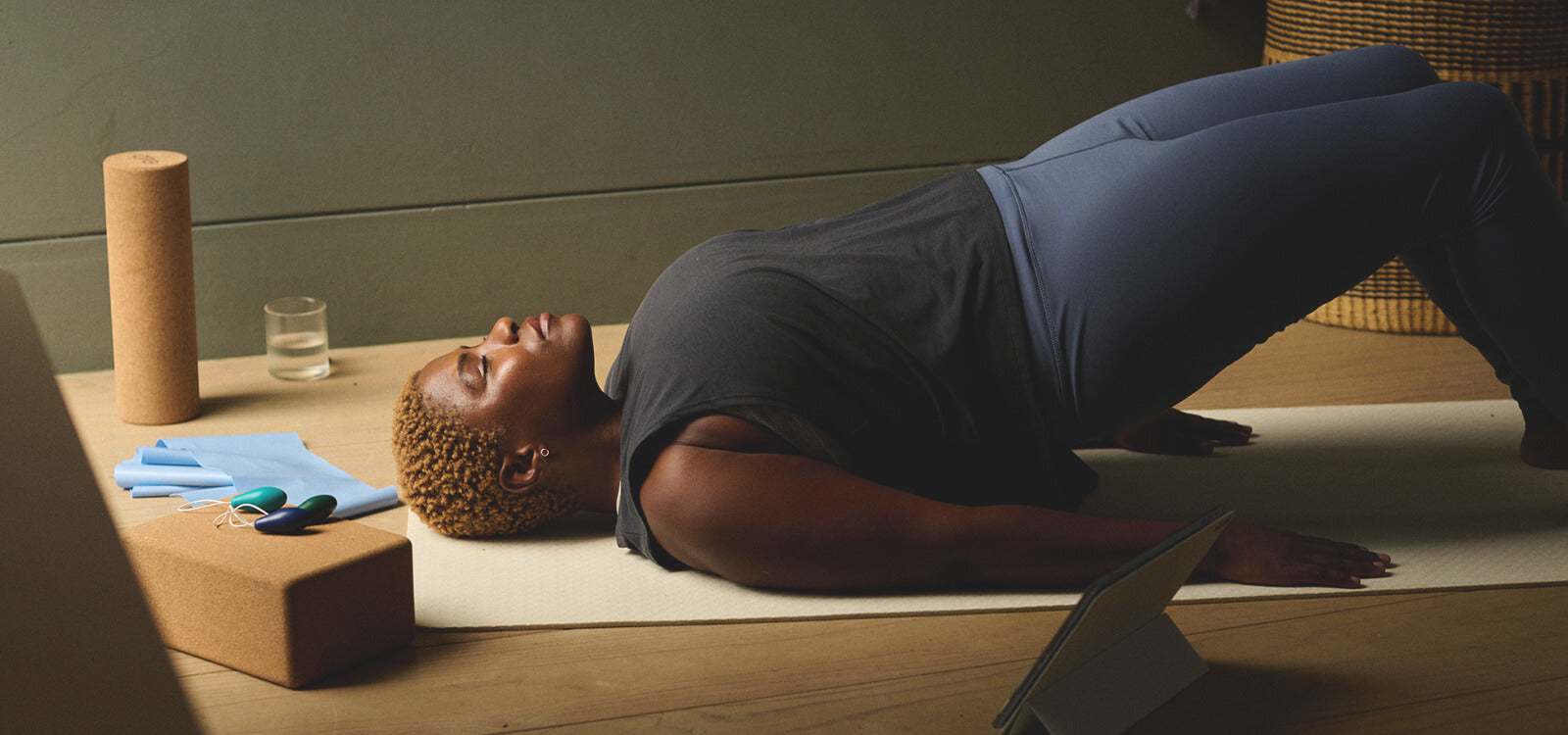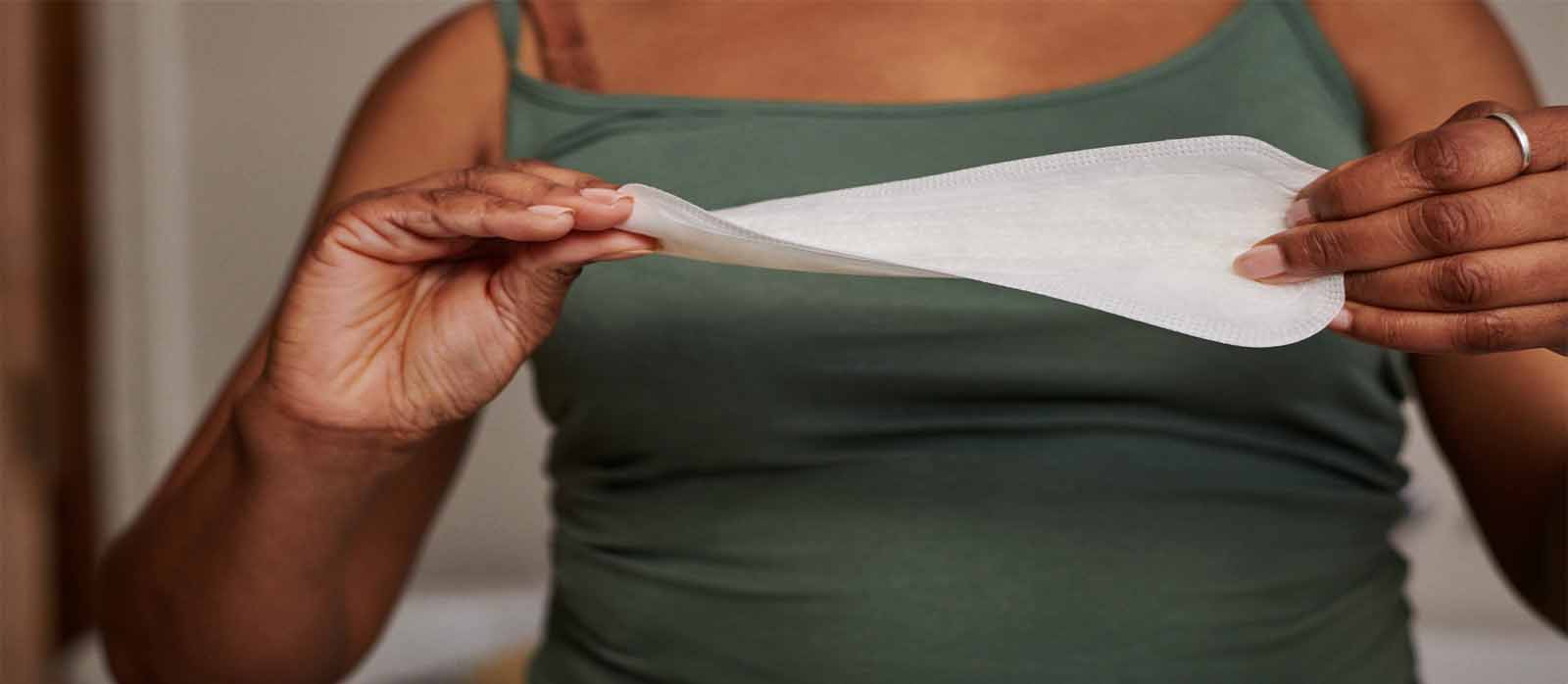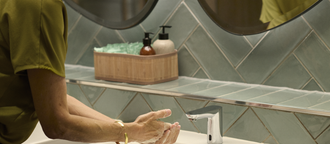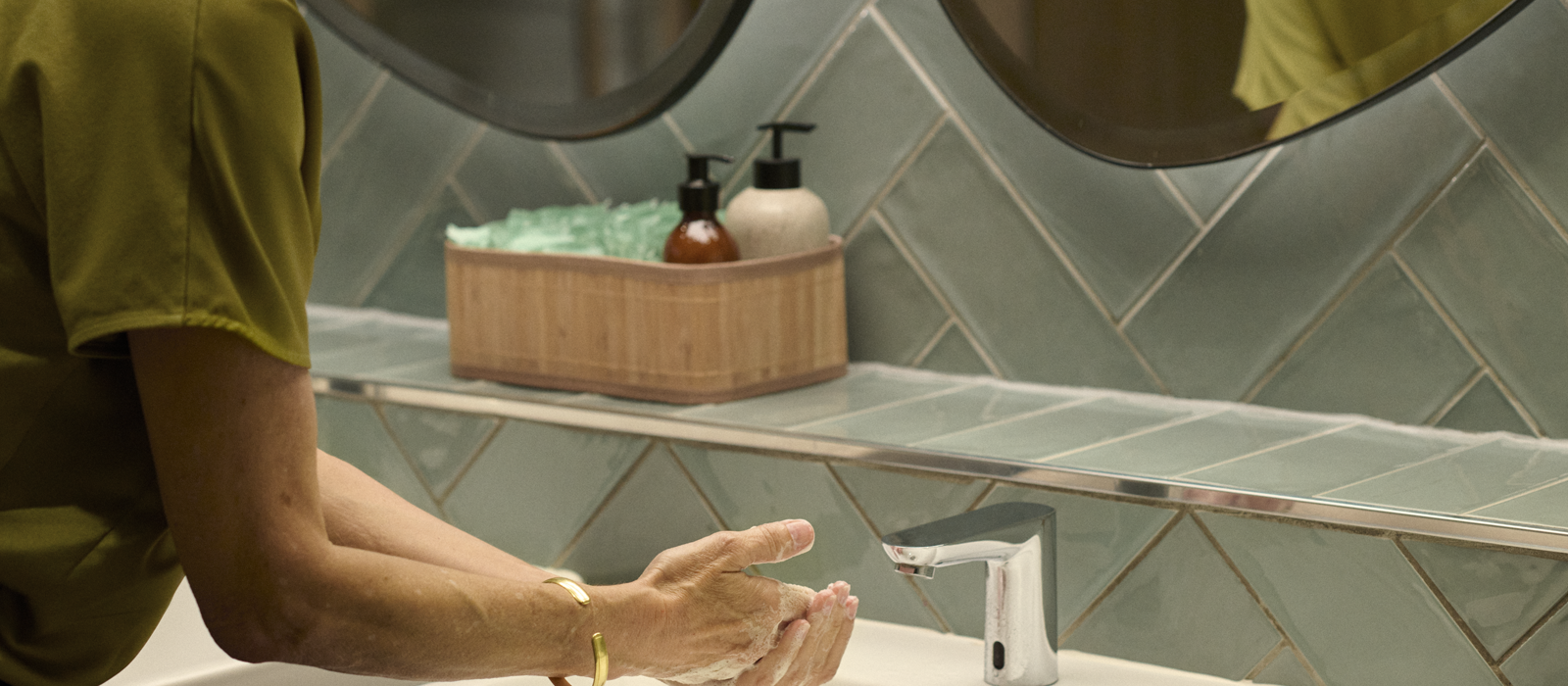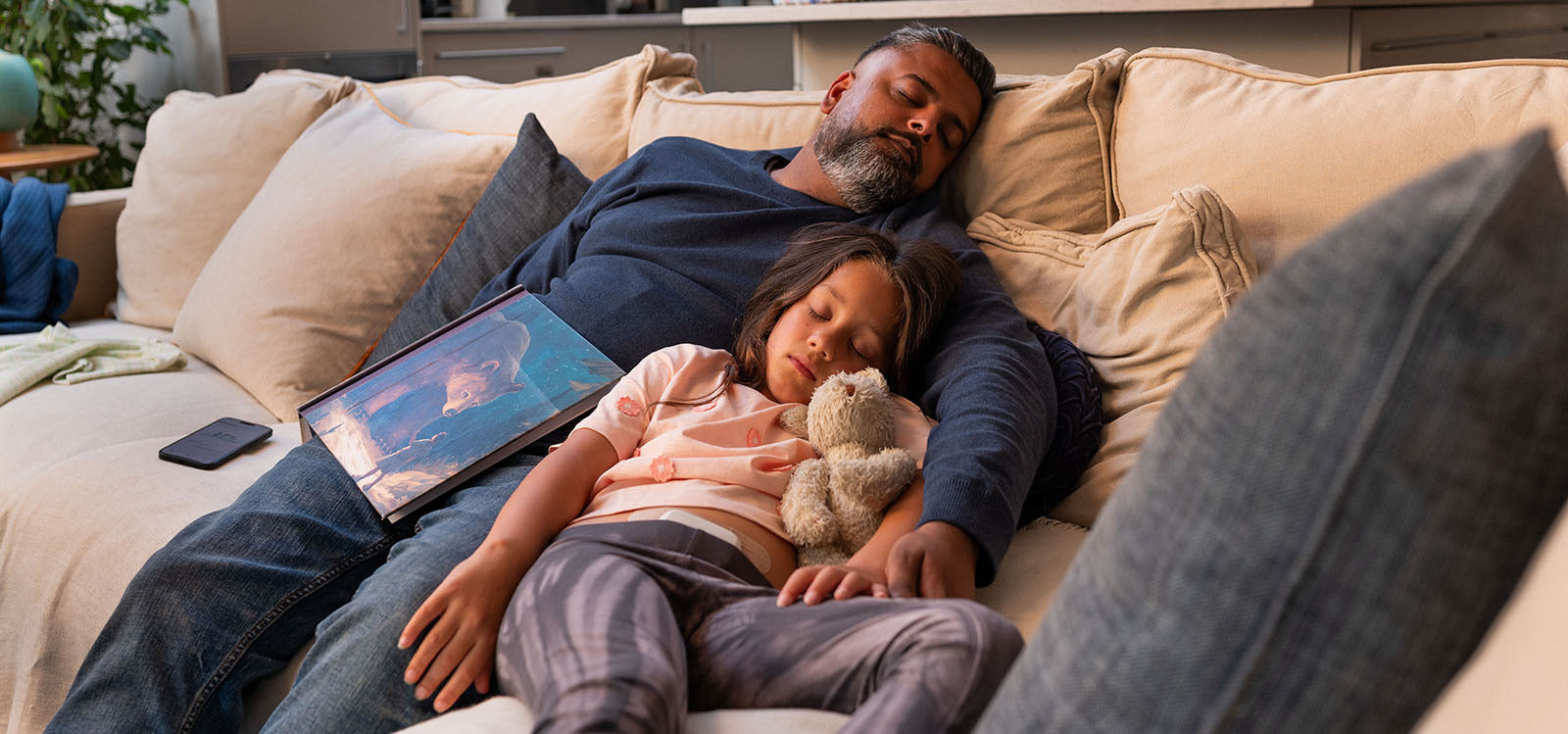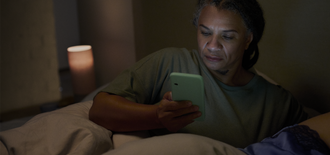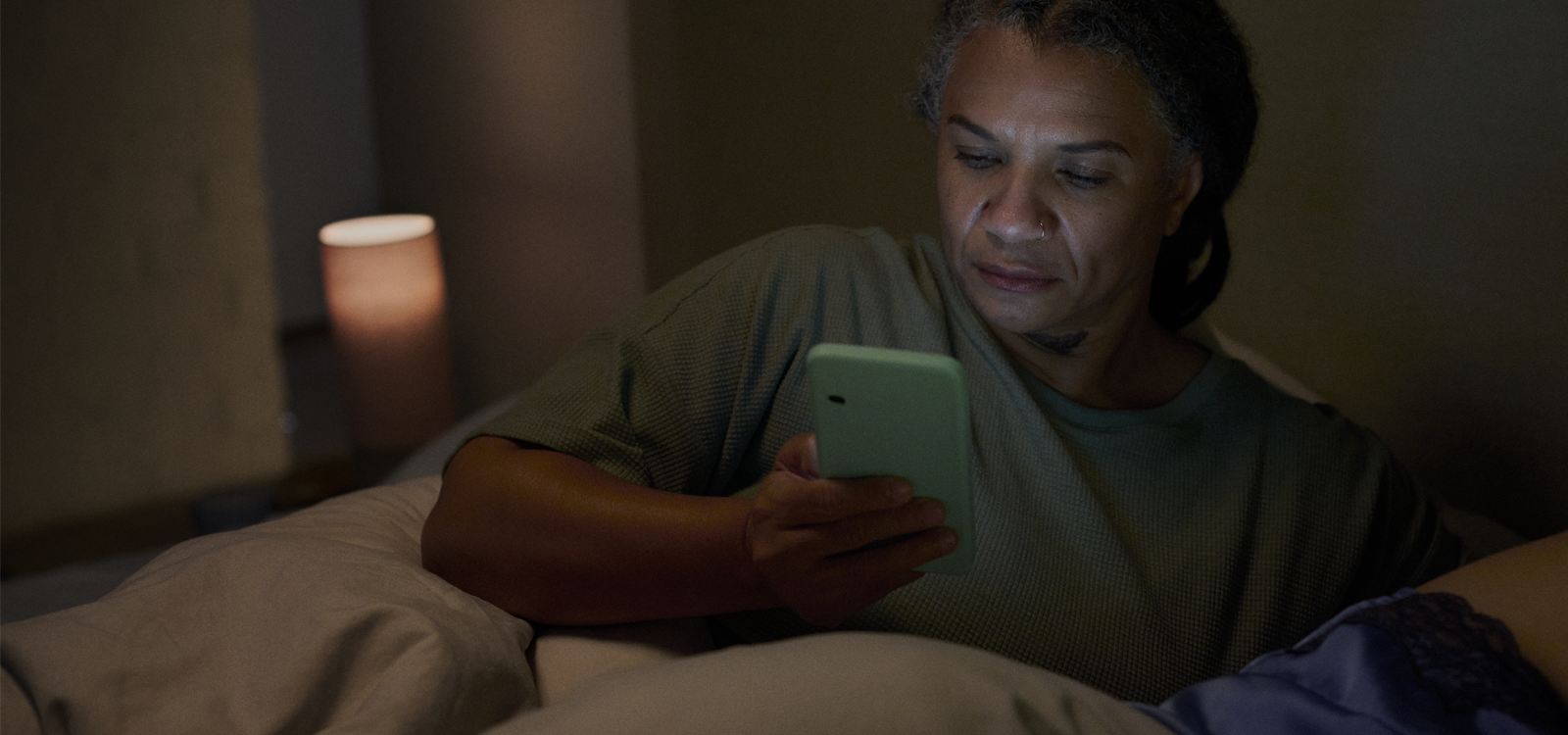Aug 01, 2025
Wanting to understand what is happening in your body is normal. Especially after a doctor’s visit, or when something just doesn’t feel quite right. More so when something like reflex incontinence gets mentioned.
Well, you’re at the right place! Let’s break down what causes those sudden leaks, what symptoms to look for, and practical ways to manage them with more confidence.
Understanding Reflex Incontinence
Reflex incontinence is the sudden release of urine when your bladder contracts without warning, often without the feeling that you need to pee.1
This type of incontinence is often linked to conditions that affect your brain or spinal cord, like:1
- Alzheimer’s disease
- Multiple sclerosis
- Dementia
- Stroke
- Parkinson’s disease
There are also other types of incontinence, each with its own triggers:2
- Stress incontinence happens when pressure like coughing, sneezing, or lifting, causes leaks.
- Overflow incontinence happens when your bladder doesn’t fully empty when you pee.
- Urge incontinence is when you feel a strong, sudden need to pee.
- Functional incontinence happens when a physical or mental condition makes it hard for you to reach the toilet in time.
Reflex incontinence is like urge incontinence, but with one key difference: urge gives you a little warning, while reflex doesn’t.1
What Triggers Reflex Incontinence?
Reflex urinary incontinence can happen when there’s even a small disruption in the nerve signals between your brain and bladder.1 It could be because of a condition called neurogenic bladder, where the bladder no longer works as it should because it’s not getting the right messages.3
All the conditions below could cause neurogenic bladder, and when that happens, reflex incontinence could follow.3
- Spinal cord injury: This could block the nerve signals that control urination.4 Without those messages, your bladder may suddenly empty without warning.4
- Multiple sclerosis (MS): MS affects the brain and spinal cord.5 If the nerves between your brain and bladder are affected, it could lead to reflex incontinence or sudden leaks.6
- Stroke: A stroke can damage the part of the brain that helps manage bladder control.7 This can interrupt the signals needed for normal urination, leading to loss of urinary reflexes.7
How the Nerves Around the Bladder Affect Reflex Incontinence
Your nervous system is your body’s command center, and your bladder depends on it to work properly.
The Role of Spinal Nerves
Spinal nerves help your bladder do its job; they include:8,9
- The cauda equina
- Pudendal nerves
- Pelvic parasympathetic nerves
- Lumbar sympathetic nerves
- Sacral nerves
When a spinal cord injury, especially one that happens below the brainstem but above the lower back (sacral area), can interrupt the messages between your brain and bladder.4
This break in communication means your bladder might start working on its own, releasing pee without warning or the usual urge to go.4
How Sacral Nerves Impact Bladder Control
The sacral nerves play a key role in bladder and bowel control.9 They receive messages from your brain to your bladder to help you pee.10 If these nerves are damaged, the signals get lost, and this could lead to reflex incontinence.4
Managing Reflex Incontinence
Reflex incontinence can’t always be cured, especially when it’s caused by long-term nerve or brain damage.11 But there’s good news; you can manage it. A combination of therapies like the following can help:11
- Surgery
- Physical therapy
- Medical devices like catheters
- Incontinence pads or underwear
Even better, here are simple tips you could start using to manage reflex incontinence today.
How Bladder Training Can Improve Symptoms
There are several things you can do to help manage incontinence,12 with your doctor’s guidance. One of them is Bladder training, it helps your bladder learn to hold urine for longer and reduce sudden leaks.14
Here’s a simple step-by-step plan to get started:12
- Track your habits: Keep a bladder diary for a few days. Write down when you pee and how much you drink. This helps you spot patterns.
- Stretch the time: Once you know your usual schedule, try delaying each bathroom visit by 15 minutes. Gradually increase the wait time as your bladder adjusts.
- Use healthy distractions: Deep breathing, listening to music, or walking around can help you hold off between bathroom trips.
Stick with the plan consistently and talk with your healthcare provider for support and adjustments.
Strengthening Pelvic Floor Muscles for Better Control
Pelvic floor exercises, also known as Kegels, can improve incontinence symptoms, even if nerve control is partial. Why? Kegel exercises strengthen the pelvic floor muscles, helping to improve both control and muscle strength.13
Here’s a simple step-by-step guide to get you started:14
- Know your pelvic muscles: Try tightening the muscles you'd use to stop the flow of urine or to prevent passing gas; those are your pelvic floor muscles.
- Get comfortable: You can do Kegel exercises while lying down, sitting, or standing. Find the position that’s most comfortable for you to start with, then proceed to sitting or standing position over time.
- Contract the muscles: Tighten the pelvic floor muscles (the ones you use to stop urine flow) and hold the contraction for 8-10 seconds. Then, relax for 5 seconds.
- Avoid using the wrong muscles: Focus on just your pelvic floor muscles. Don’t engage your butt, thighs, or stomach.
- Repeat: Start with 8-12 repetitions per session, aiming for 2-5 sessions per day. If you can’t do 8-12 at first, start with fewer repetitions and build up gradually. Consistency is more important than quantity.
- Be patient: It may take a few weeks to notice improvements, but with regular practice, you’ll strengthen your pelvic floor muscles and improve bladder control.
Medications That May Help with Reflex Incontinence
Your doctor may recommend medications to help manage reflex incontinence. These could calm your bladder and reduce sudden leaks.11
Always talk to your doctor before starting any medication. They’ll help you choose the best option based on your needs and health history.
When Catheterization Is Needed
Although, there are several types of catheters,11 intermittent catheterization is a golden standard for urinary incontinence.15 Catheterization involves inserting a thin tube (catheter) into your urethra to drain urine from your bladder.16 It helps by completely emptying your bladder, which could:15
- Lower your risk for urinary tract infections (UTIs)
- Prevent kidney damage
- Provide better bladder control
This is not a home-based solution. A doctor will be able to give you the best advice about whether a catheter is needed.
Using Incontinence Products for Everyday Support
Sudden leaks can knock your confidence. But don’t worry, choosing the right products can help you feel confident and comfortable. Here are some practical products to keep in your arsenal:
- Absorbent underwear and pads
- Waterproof bedding
- Skincare products for preventing irritation
When selecting your products, be sure to consider your:
- Comfort
- Lifestyle needs
- Absorbency requirements
- Discreetness
- Size
- Breathability
Not sure where to start? Explore our top product picks below.
Products for Men
Men’s incontinence products are designed for male anatomy and active lifestyles.
- Male Guards: Slim, discreet, lightly absorbent for minor leaks.
- Male Shields: Offer extra protection with a comfortable, low-bulk fit.
- Protective Incontinence Underwear for Men: High absorbency with a regular underwear look and feel.
We’ve put together some helpful guides for men:
Products for Women
Women’s products are shaped for body contours, offering tailored protection.
- Bladder Control Pads: Secure and absorbent for moderate to heavy leaks.
- Protective Incontinence Underwear for Women: Underwear-like style with strong leak protection.
Helpful guide for women:
Unisex Products
Unisex options offer adjustable fits and versatile absorbency for everyone.
- Adult Diaper Briefs: Discreet, reliable, and highly absorbent for heavier leaks.
If you’re still not sure which product is best for you, complete our quiz to find your right TENA fit.
References
1. Urology Austin. Reflex Incontinence - Urinary Incontinence - Urology Austin [Internet]. Urology Austin. 2014. Available from: https://urologyaustin.com/general-urology/reflex-incontinence/
2. Mayo Clinic. Urinary Incontinence - Symptoms and Causes [Internet]. Mayo Clinic. 2023. Available from: https://www.mayoclinic.org/diseases-conditions/urinary-incontinence/symptoms-causes/syc-20352808
3. Urology Austin. Neurogenic Bladder - Bladder Control Issues - Urology Austin [Internet]. Urology Austin. 2018 [cited 2025 May 9]. Available from: https://urologyaustin.com/general-urology/neurogenic-bladder/
4. Al Taweel W, Seyam R. Neurogenic bladder in spinal cord injury patients. Research and Reports in Urology. 2015 Jun;7(7):85.
5. Cleveland Clinic. Multiple Sclerosis [Internet]. Cleveland Clinic. Cleveland Clinic; 2024. Available from: https://my.clevelandclinic.org/health/diseases/17248-multiple-sclerosis
6. G Sammarco A. The Bladder in MS: A Review. Journal of Neurology & Neurophysiology. 2014;05(03).
7. Zuo J, Wen JG. Urodynamic changes before and after treatment of lower urinary tract dysfunction after ischemic stroke in human [Internet]. ics.org. International Continence Society; 2022 [cited 2025 May 4]. Available from: https://www.ics.org/2022/abstract/547
8. MedicalNewsToday. Nerves that control bladder and bowel function [Internet]. www.medicalnewstoday.com. 2022. Available from: https://www.medicalnewstoday.com/articles/nerves-that-control-bladder-and-bowel-function#nerves
9. Cabahug, MD P, Chen, MD J. Neurogenic Bladder | PM&R KnowledgeNow [Internet]. PM&R KnowledgeNow. 2017 [cited 2025 May 4]. Available from: https://now.aapmr.org/neurogenic-bladder/?
10. Shermadou ES, Leslie SW, Rahman S. Anatomy, Abdomen and Pelvis, Bladder [Internet]. Nih.gov. StatPearls Publishing; 2023. Available from: https://www.ncbi.nlm.nih.gov/books/NBK531465/
11. Leslie SW, Prasanna Tadi, Muhammad Tayyeb. Neurogenic Bladder and Neurogenic Lower Urinary Tract Dysfunction [Internet]. Nih.gov. StatPearls Publishing; 2023 [cited 2025 May 3]. Available from: https://www.ncbi.nlm.nih.gov/books/NBK560617/?
12. Cleveland Health. Regain Control With Bladder Training [Internet]. Cleveland Clinic. 2023. Available from: https://health.clevelandclinic.org/bladder-training
13. Physiopedia. Pelvic Floor Exercises [Internet]. Physiopedia. 2018 [cited 2025 May 9]. Available from: https://www.physio-pedia.com/Pelvic_Floor_Exercises?
14. Cho ST, Kim KH. Pelvic floor muscle exercise and training for coping with urinary incontinence. Journal of Exercise Rehabilitation [Internet]. 2021;17(6):379–87. Available from: https://www.ncbi.nlm.nih.gov/pmc/articles/PMC8743604/
15. P Oakeshott, Hunt GM. Intermittent self-catheterization for patients with urinary incontinence or difficulty emptying the bladder. The British Journal of General Practice [Internet]. 1992 Jun [cited 2025 May 4];42(359):253. Available from: https://pmc.ncbi.nlm.nih.gov/articles/PMC1372063/
16. NHS. Urinary catherisation uses and risks [Internet]. www.nhsinform.scot. 2024. Available from: https://www.nhsinform.scot/tests-and-treatments/medicines-and-medical-aids/medical-aids/urinary-catheterisation/
























































